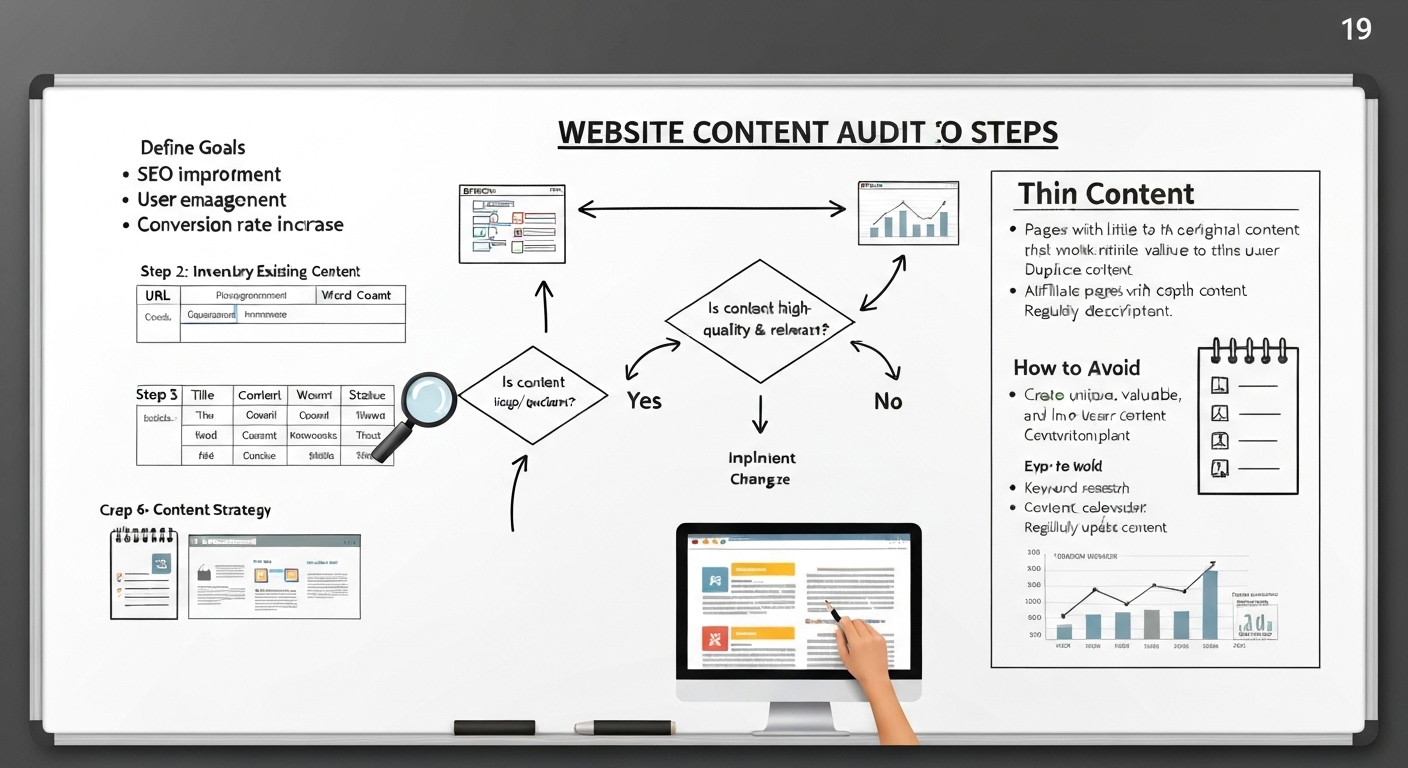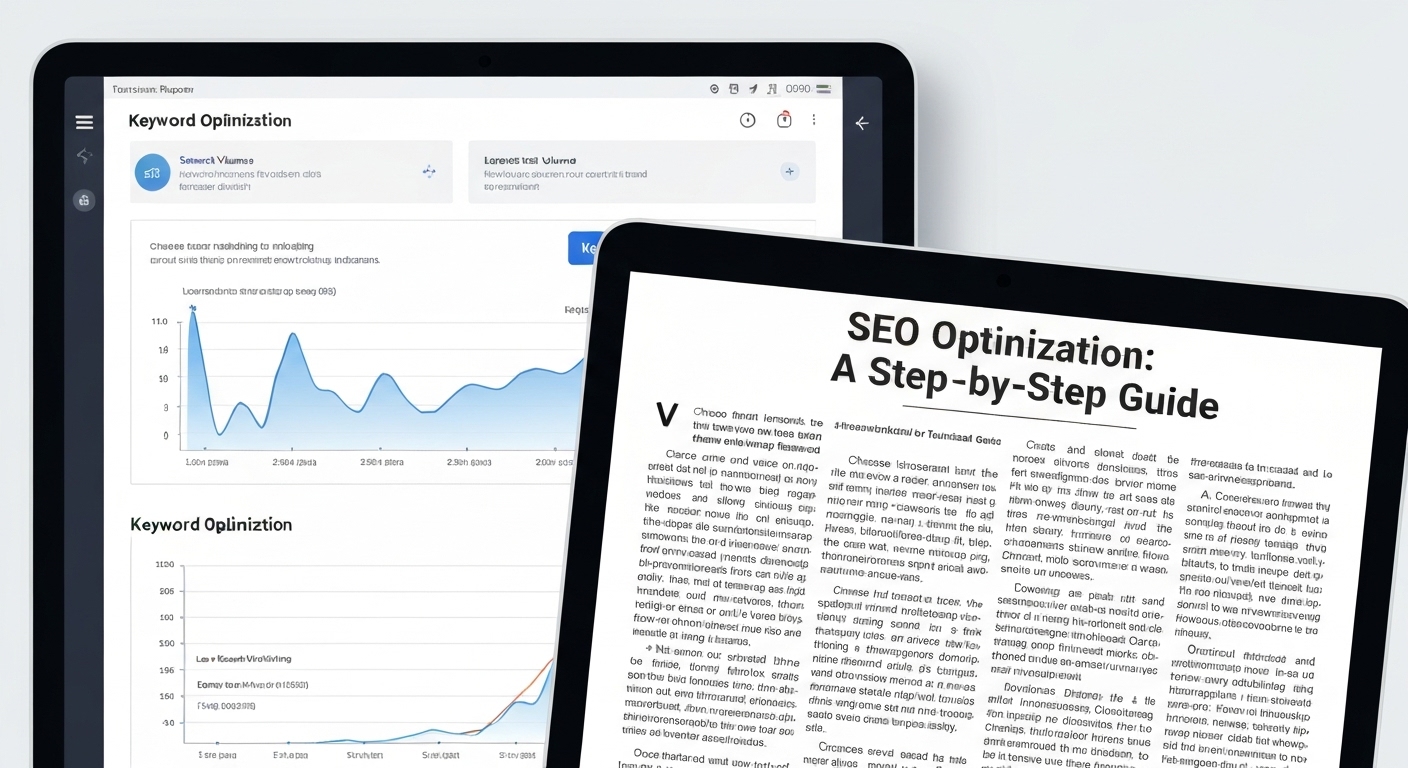What is Thin Content and How to Avoid It : A Comprehensive Guide
What is thin content and how to avoid it? This is a crucial question for any website owner or content creator looking to improve their search engine ranking and provide value to their audience. Thin content can significantly harm your website’s SEO performance, leading to lower visibility and reduced user engagement. Let’s delve into what constitutes thin content, why it’s detrimental, and, most importantly, how to create engaging and valuable content that boosts your site’s authority.
Understanding What Thin Content Is
Thin content refers to web pages that provide little to no value to the user. This can manifest in several forms:
- Automatically generated content: Content created using automated tools without human oversight.
- Duplicate content: Content that is copied from other websites or even within your own site.
- Scraped content: Content taken from other websites without permission or attribution.
- Doorway pages: Pages created solely for search engines, often with minimal original content.
- Affiliate pages with little original content: Pages primarily designed to drive affiliate sales, lacking substantial information or value.
- Pages with very little text: Pages with only a few sentences or paragraphs that don’t adequately address the topic.
Essentially, if a page doesn’t offer unique, informative, or engaging content, it’s likely considered thin content. Search engines like Google prioritize websites that provide high-quality user experiences, so thin content can lead to penalties.

Why is Thin Content Harmful?
Thin content can negatively impact your website in several ways:
- Lower search engine rankings: Google’s algorithm penalizes websites with a high percentage of thin content, resulting in lower rankings in search results.
- Reduced user engagement: Users quickly abandon pages with little value, leading to higher bounce rates and lower time on site.
- Decreased website authority: A website filled with thin content loses credibility and authority in its niche.
- Wasted crawl budget: Search engine crawlers may waste time crawling low-value pages, reducing the frequency they crawl your valuable content.
Ultimately, thin content harms your website’s overall SEO performance and user experience, hindering your ability to attract and retain visitors.
How to Identify Thin Content on Your Website: A Content Audit
The first step in avoiding thin content is identifying existing instances on your website. A content audit is a comprehensive review of your website’s content to assess its quality, relevance, and effectiveness. Here’s how to conduct one:
- Create a spreadsheet: List all the URLs on your website.
- Analyze each page: Evaluate each page based on factors like word count, originality, readability, and user engagement metrics (bounce rate, time on page).
- Identify thin content: Flag pages that provide little value, are duplicates, or have low engagement.
- Take action: Decide whether to update, rewrite, consolidate, or remove thin content pages.
Tools like Google Analytics and Google Search Console can provide valuable data for your content audit, helping you identify underperforming pages.

Strategies to Avoid Creating Thin Content
Preventing the creation of thin content is essential for maintaining a healthy and successful website. Here are several strategies to implement:
1. Focus on Content Quality
Prioritize creating high-quality, informative, and engaging content that satisfies user intent. Ask yourself:
- Does this content provide unique value?
- Is it accurate and well-researched?
- Is it easy to read and understand?
- Does it answer the user’s questions or solve their problems?
Strive to create content that goes above and beyond, exceeding user expectations and establishing your website as a valuable resource.
2. Avoid Duplicate Content
Never copy content from other websites. If you need to quote or reference external sources, always provide proper attribution and add your own original analysis and insights. Within your own website, use canonical tags to indicate the preferred version of similar pages to avoid duplicate content issues. You can learn more about canonical tags on developers.google.com.
3. Eliminate Keyword Stuffing
Keyword stuffing, the practice of excessively using keywords in your content, is an outdated and harmful SEO tactic. Focus on writing naturally and incorporating keywords organically into your text. Prioritize readability and user experience over keyword density.

4. Provide Substantial Content Depth
Ensure that each page on your website provides sufficient depth and detail on the topic it covers. Avoid creating pages with only a few sentences or paragraphs that offer little value. Aim for comprehensive content that fully addresses the user’s needs and questions.
5. Enhance User Engagement
Create content that encourages user interaction and engagement. This can include adding:
- Interactive elements like quizzes, polls, and calculators.
- Comment sections to foster discussion.
- Visual content like images, videos, and infographics.
- Clear calls to action that guide users to take the next step.
By increasing user engagement, you signal to search engines that your content is valuable and worth ranking higher.
6. Focus on SEO Content Strategy
Develop a well-defined SEO content strategy that aligns with your business goals and target audience. This strategy should outline the topics you will cover, the keywords you will target, and the content formats you will use. A strategic approach ensures that your content is relevant, valuable, and optimized for search engines.
Tools for Identifying and Avoiding Thin Content
Several tools can assist you in identifying and avoiding thin content:
- Google Search Console: Provides insights into your website’s performance in Google search, including crawl errors and thin content warnings.
- Google Analytics: Tracks user behavior on your website, allowing you to identify pages with high bounce rates and low time on site.
- SEO Audit Tools: Tools like SEMrush, Ahrefs, and Moz can identify thin content issues and provide recommendations for improvement.
- Copyscape: Checks your content for plagiarism, ensuring originality.
These tools can help you monitor your website’s content quality and identify areas for improvement.

Long-Term Benefits of Avoiding Thin Content and Improving Content Quality
Investing in high-quality content and avoiding thin content offers numerous long-term benefits for your website:
- Improved search engine rankings: Higher rankings lead to increased organic traffic.
- Increased website authority: A reputable website attracts more links and mentions.
- Enhanced user engagement: Engaged users are more likely to convert into customers.
- Stronger brand reputation: High-quality content builds trust and credibility with your audience.
- Sustainable content marketing results: A long-term content strategy drives consistent growth.
By prioritizing content quality, you create a valuable asset that continues to generate results for your business over time.
The Role of Flash Cloud in Maintaining Website Content
Flash Cloud provides innovative solutions that can help you maintain and optimize your website’s content. By offering tools to manage and deliver content efficiently, Flash Cloud helps ensure that your website remains a valuable resource for your audience. Explore the resources available at flashs.cloud to learn more about optimizing your website’s performance.
Conclusion
Understanding what is thin content and how to avoid it is crucial for any website aiming for success in today’s competitive online landscape. By focusing on creating high-quality, original, and engaging content, you can improve your search engine rankings, enhance user experience, and establish your website as a valuable resource. Regularly conduct content audits, implement the strategies outlined above, and utilize the available tools to maintain a healthy and effective content strategy. Remember, quality always trumps quantity when it comes to content creation.
HOTLINE
+84372 005 899


